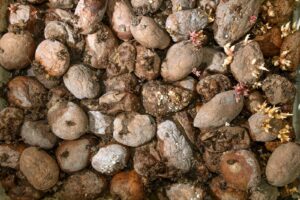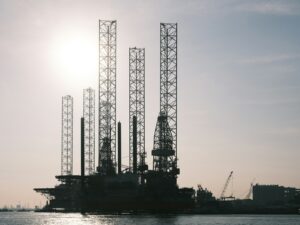Seagrass meadows are vital income source for millions
A new survey, using qualitative data, shows that the importance of seagrass ecosystems to humans, economies, and our food chain.
Across the Indo-Pacific region, millions of households rely on seagrass meadows to sustain themselves. That’s the result of a recent survey looking at how and why people in Cambodia, Tanzania, Indonesia and Sri Lanka use these vast underwater ecosystems.
The results, published in Ocean and Coastal Management, were gleaned from interviews with local fishing communities, and found that seagrass meadows were the number one choice of small-scale fishing ground, beating coral reefs, mangroves, mud, rock, and the open ocean. This raises concerns about food and income security in the coming decades as rising sea temperatures and pollutant levels are threatening all marine life, include seagrasses.
‘Seagrass was the most common habitat used for fishing. Nearly half of all households we talked to preferred fishing in seagrass over other habitats,’ said Benjamin Jones, a director of the marine conservation and research organisation Project Seagrass and PhD student at the Department of Ecology Environment and Plant Sciences, Stockholm University.
‘This was surprising because most people think of reef fisheries as the key tropical small-scale fishery, but we show that its actually engagement in seagrass fisheries that are much more characteristic of households,’ he continued, explaining that respondents cited the reliability of these waters for fishing as the reason for the preference. Seagrass meadows are seen as consistent in the provision of large catches, with both fish and invertebrates always found.
A key reason for this is likely to be the role meadows play in the lives of fish, offering valuable nursery habitats, ensuring an abundance of species are present. According to the study, three in 20 people across the regions were entirely reliant on these waters and did not, or could not, fish elsewhere, with this factor strongly influenced by wealth.
‘Household income had two different effects. On one hand, poorer households were less likely to own motorboats. These were reliant on seagrass as they were unable to fish elsewhere, seagrass is close to shore and easy to access without a motor. On the other hand, wealthier households were more likely to own certain types of fishing gear that incentivized them to use seagrass due to high rewards and low effort requirements. These were static fishing fences that don’t require a fisherman to be present,’ said Jones.
Earlier this month, the world’s largest plant was discovered in the form of a vast seagrass three-times the size of Manhattan, genetically traced to a single seed. Meanwhile, in the Mediterranean meadows have been found to contain sunscreen chemicals believed to have come from swimmers and sunbathers, harming the plant’s ability to photosynthesise.
Image credit: Benjamin L. Jones

















